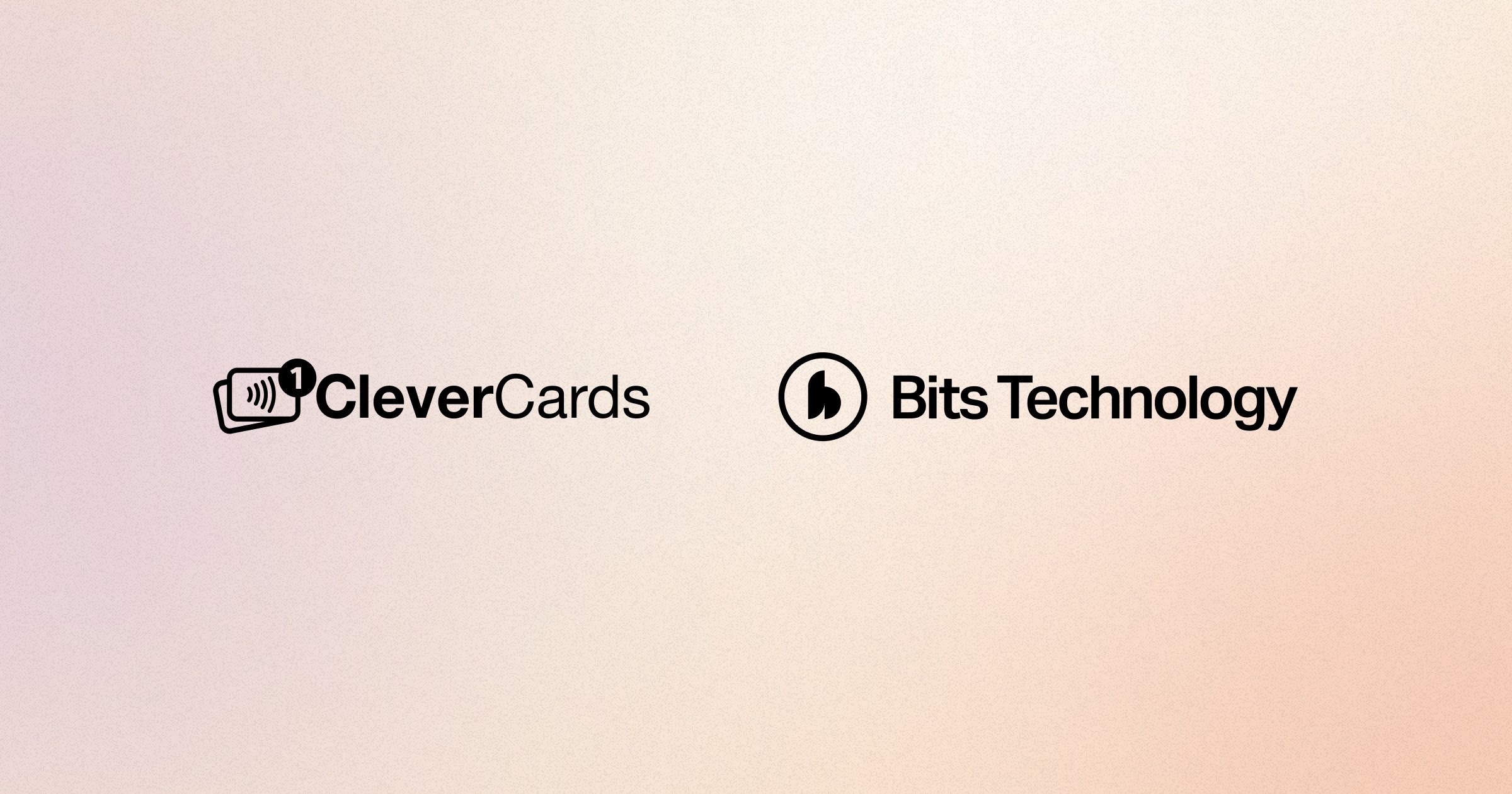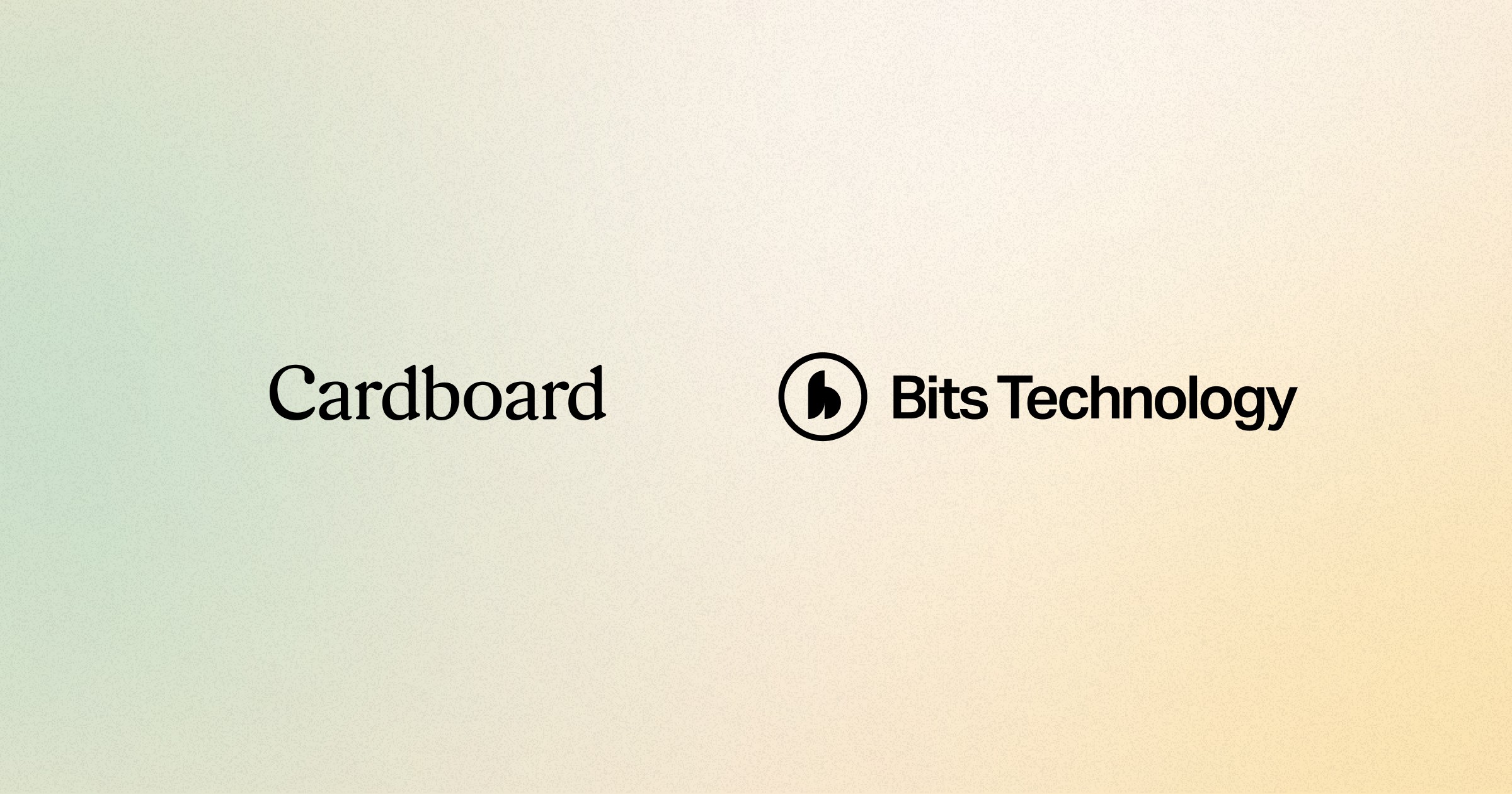Jul 31, 2024
In response to what we're hearing from customers about the critical need to identify and manage AML risks effectively, we are writing this blog post to emphasize the importance of calculating AML risk scores and how to achieve this effectively. This process is essential for customers as it enables them to stay compliant and proactively address potential threats, ensuring the security and integrity of their operations.
The essentials of calculating an AML Risk Score
Identifying and responding to the most critical risks in your company is essential for maintaining your AML risks. One effective way to achieve this is by calculating a risk score on your customers. This blog post will walk you through the essentials of creating an AML risk score: what they are, how to calculate them, and how to use them effectively.
Keeping Customer Information Up to Date
Maintaining up-to-date information on your customers is a critical procedure for your company. As new information is retrieved from various sources, it is essential to remember that the risk associated with your customers can change. Calculating a risk score continuously and in real-time enables you to act on different risks promptly.
Understanding and Identifying Risk Factors
Risk factors are elements that your company considers to be potential risks. Examples include Politically Exposed Persons (PEPs), high-risk geographical areas, and cash-intensive businesses. Identifying these risk factors accurately requires a thorough understanding of your business and the types of risks it faces from different perspectives. Common areas for evaluating risks include product, service, transaction, delivery channel, geographical, and customer risks.
To properly identify your risks, your company should have a robust procedure in place. This procedure should ensure the inclusion of all necessary stakeholders to guarantee a comprehensive risk identification process.
Assessing your Risk Factors
Once you have identified your risk factors, the next step is to assess the inherent risk associated with each one. This involves evaluating the likelihood of each risk occurring and the potential impact on your business if it does.
Likelihood Rating
The likelihood rating estimates the frequency with which a risk event might occur over a 12-month period. This rating is subjective and relies on the expertise and experience of the assessor. A typical likelihood scale ranges from 1 to 5:
1 (Rare <5%): Very unlikely to occur/hasn’t occurred before
2 (Unlikely 5-10%): Unlikely to occur under normal circumstances
3 (Possible 10-50%): Possible to occur
4 (Likely 50-90%): Likely to occur
5 (Almost certain >90%): Almost certain to occur
Impact Rating
The impact rating estimates the potential aggregate impact of a risk event, considering the effectiveness of current controls. Factors to consider include additional costs, reputational damage, penalties, fines, and fees. The impact scale also ranges from 1 to 5:
1 (Insignificant)
2 (Minor)
3 (Moderate)
4 (Major)
5 (Significant)
Combining Likelihood and Impact
After assessing the likelihood and impact of each risk factor, you can use a matrix to determine the inherent risk of each factor. The matrix cross-references the likelihood and impact scores to categorize the risk as Low, Medium, High, or Extreme.
Implementing Risk Scores for Your Customers
Once you have calculated the risk scores for each risk factor, the next step is to apply this model to your customer base. This involves assigning a percentage weight to each risk factor based on its relative importance. Ensure that no single factor unduly influences the overall score and that it is possible for a customer to be classified as the highest risk.
The total weight of all risk factors must sum to 100%. By completing this process, you will have successfully implemented a risk score model for your customers, allowing for better risk management and compliance.
Conclusion
By calculating and continuously updating risk scores, your company can proactively manage AML risks. This systematic approach helps in identifying high-risk customers and taking appropriate actions to mitigate potential threats, ensuring your company's security and compliance.
For more detailed insights and tools on AML risk scoring, contact us at Bits Technology and we will guide you through to set up a risk score model in our tool!
Read more
Eliminating Multi‑Week Onboarding Lead Times
May 13, 2025
Outsmarting AI fraudsters: a new approach for compliance teams
Apr 15, 2025
Bits AI: The Future of Compliance is Here
Mar 31, 2025
Qliro Expands Merchant Growth with Streamlined Onboarding and Compliance Powered by Bits Technology
Feb 19, 2025
Limitless growth in a regulated world
Feb 17, 2025
Bits Technology partners with Cardlay to deliver enhanced KYC and compliance capabilities
Jan 22, 2025
Mimo Partners with Bits Technology to Simplify Onboarding and Compliance for SMBs
Jan 16, 2025
Tioex Partners with Bits Technology to Enhance Customer Onboarding and Compliance
Nov 28, 2024
CleverCards enhances its customer onboarding with integration of Bits Technology
Nov 19, 2024
Cardboard Partners with Bits Technology to Streamline Onboarding and Expand SaaS Expense Management Across Europe
Oct 11, 2024
Bits Technology launches automated KYB in Italy
Sep 17, 2024
How Bits' Customizable AML Screening and Monitoring Safeguards Your Business with a Risk-Based Approach
Sep 12, 2024
Holistic Identity Profiles - the Future of KYC and KYB
Sep 3, 2024
Why You Shouldn’t Build This Yourself
Aug 29, 2024
The essentials of calculating an AML Risk Score
Jul 31, 2024
Bits Technology and Coface Announce Strategic Partnership to Enhance Credit Reporting Capabilities
Jun 18, 2024
Bits Technology expands into the UK market by launching automated business verification
Jun 10, 2024
Bits Technology unveils AI-powered tools to revolutionize compliance efficiency
Jun 4, 2024
Product feature: User journey
May 7, 2024
Our Partnership with Cool Company
Apr 2, 2024
Product feature: No-code theming
Apr 1, 2024
Our Partnership with Ledyer
Jan 23, 2024
Our Partnership with booksalon
Jan 12, 2024
Our Partnership with Vaulter
Nov 24, 2023
Our Partnership with Veriff
Oct 23, 2023
The Complexity of Juggling Multiple Data Sources
Aug 17, 2023
Team Wins
May 19, 2023



























